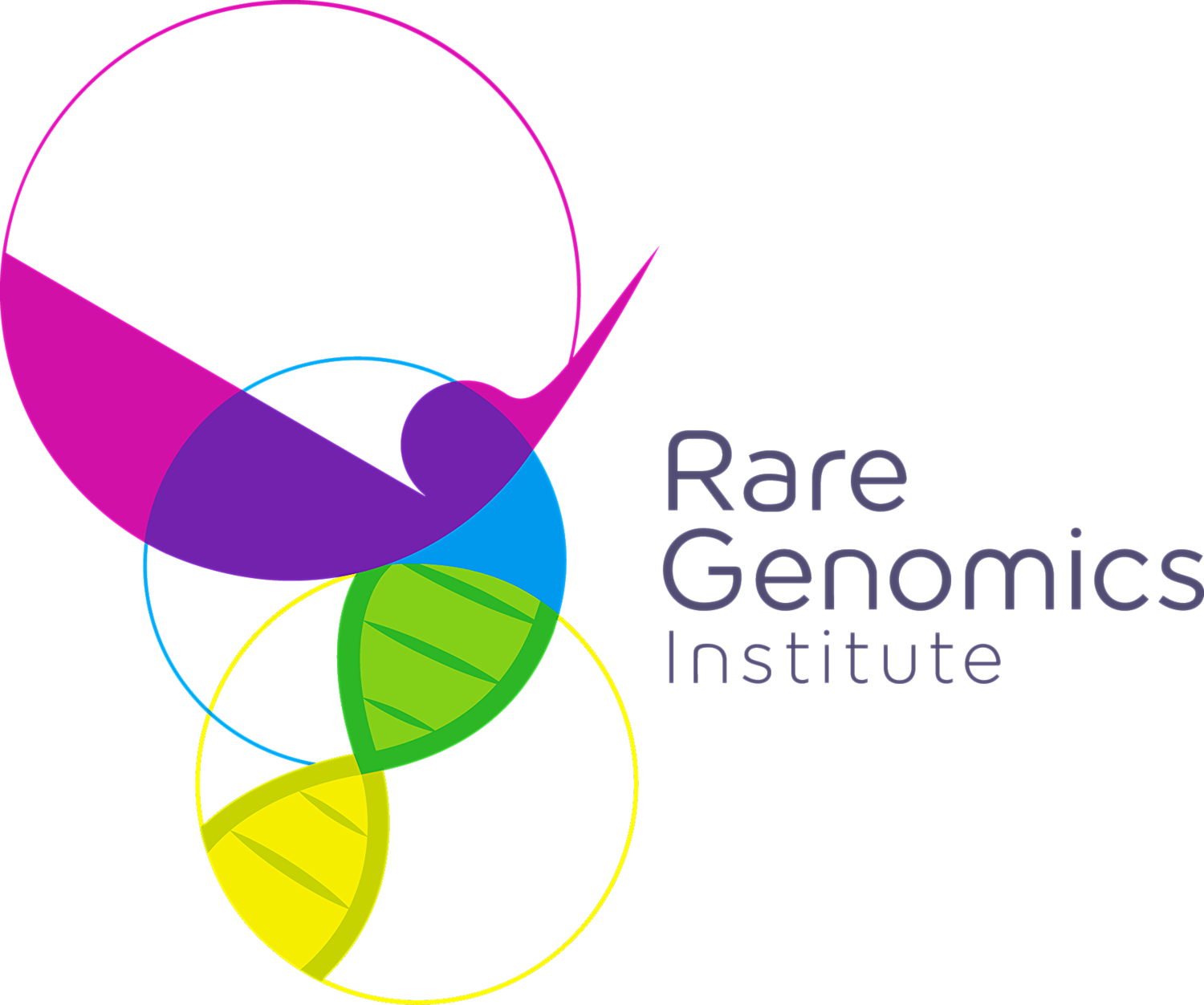Racial and Ethnic Inequality: A Public Health Perspective
/If you, or a loved one, are living with a rare disease, you may have gone to doctor after doctor, seeking a diagnosis. You may have spent hours, days, or weeks online, looking for answers or a glimmer of hope. You know the struggle of having a rare disease—lack of research, lack of drugs to treat your condition, and often, many unanswered questions. Now, imagine having a rare disease without access to quality healthcare or high-speed internet to conduct research at home.
For some people, this is reality. But this reality isn’t only found in the rare disease community. Healthcare disparities exist across the U.S. These differences occur because of race/ethnicity, age, location, gender, sexual orientation, and socioeconomic status. For example, poor people may lack the resources to get the help they need. As a result, they may develop underlying health conditions like diabetes or heart disease that makes them more vulnerable to deadly diseases. This has become abundantly clear with COVID-19; the coronavirus has been hitting racial and ethnic minorities hard.
Social determinants of health
This graphic, created by the Henry J. Kaiser Family Foundation, provides an overview of the social determinants of health. Public health experts agree these factors play an important role in health outcomes like illness, death, and life expectancy. Things many people take for granted–like housing, nutritious, affordable food, or safe outdoor recreation areas—could mean life or death for others.
Lack of diversity in clinical research
Racial and ethnic minorities are underrepresented in clinical research. Some of these socioeconomic factors may be partly to blame, but fear of doctors or hospitals or a lack of trust with the medical establishment are others. Two examples of an abuse of trust come to mind— the Tuskegee syphilis study and Henrietta Lacks’ HeLa cell line. Other reasons for the lack of diversity in clinical research are language or cultural barriers, and a lack of awareness about clinical research.
A lack of diversity in clinical research means the results may be skewed, and treatments may not work as well in these underrepresented patient populations. For example, if a drug has been tested mostly on people of European descent, what does it mean for everyone else?
Striving toward health equity
The federal government and various advocacy organizations work toward improving the health of racial and ethnic minorities. Here are a few examples:
Black Women’s Health Imperative (recently announced a coalition focused on reducing racial disparities in the rare disease community)
U.S. Department of Health and Human Services Office of Minority Health
While progress has been made, there’s much more work to be done.
To learn more about minority health, healthcare disparities, and public health, explore these articles and resources:
Boston University Free Mini-Master of Public Health (MPH)
Disparities in Health and Health Care: Five Key Questions and Answers
Internet Can Help People with Undiagnosed Rare Diseases, But Racial, Wealth Gaps Exist
